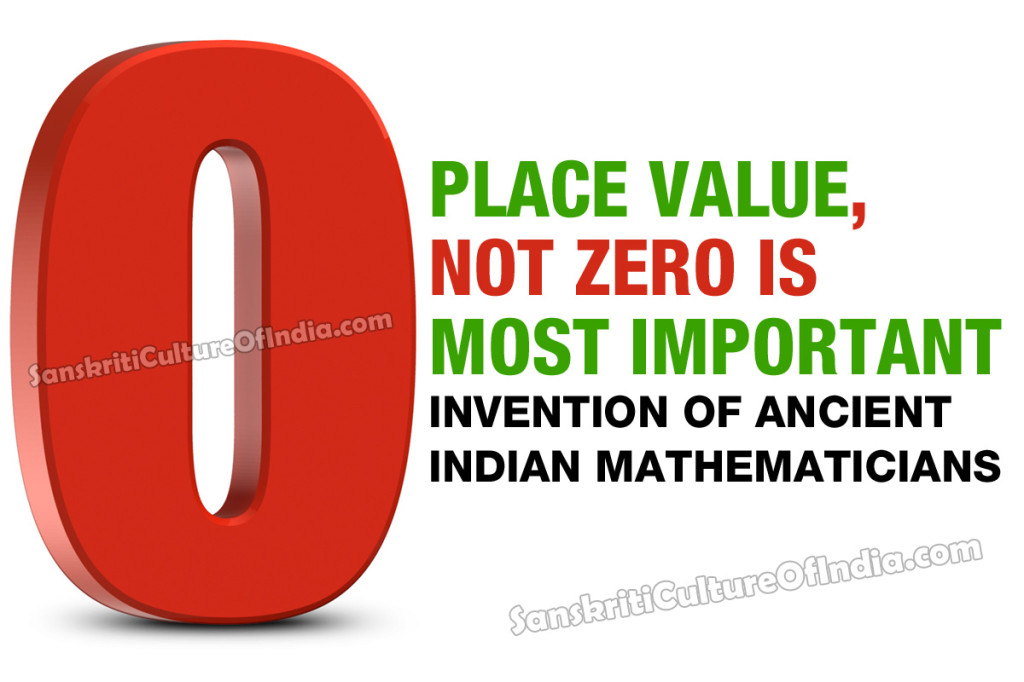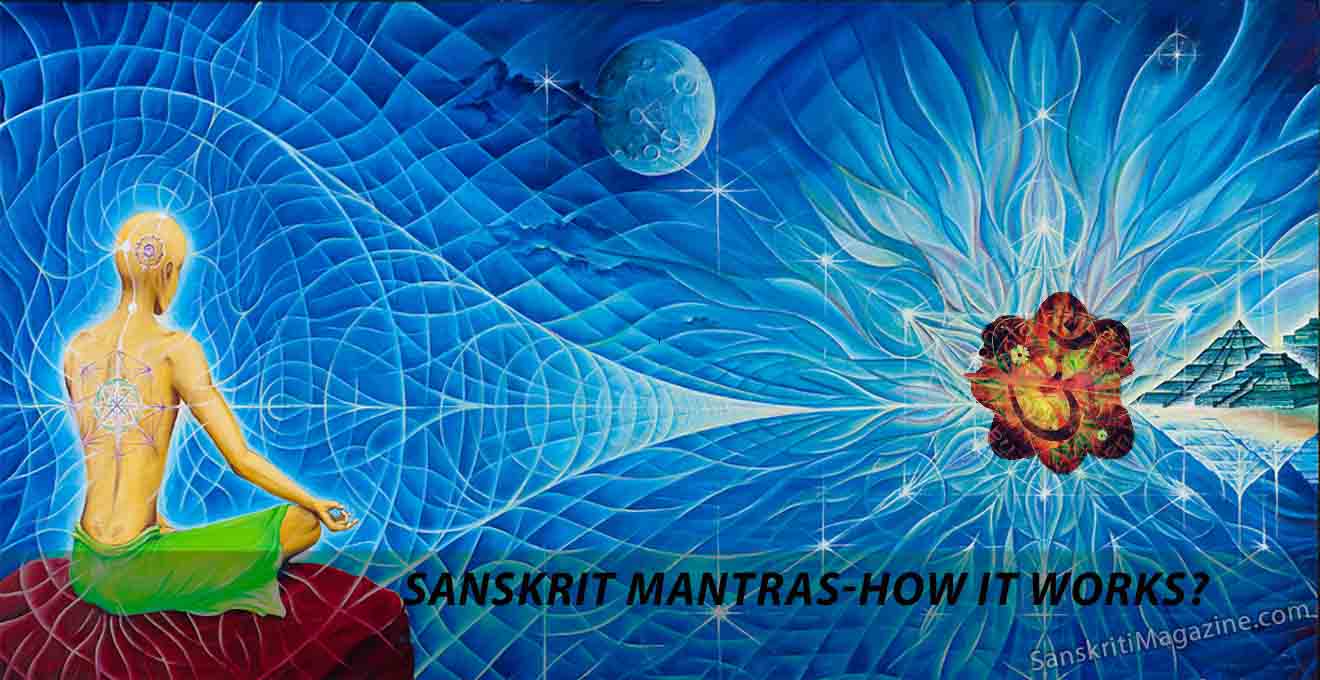The greatest contribution of India to mathematics is Zero, is what you often hear. But that is plain wrong. Zero was a natural by-product of an even more greater mathematical invention by ancient Indians, the Place Value (Positional Notation) System. Let me explain.
Have you tried doing mathematics using Roman Numerals? Each number is represented using a symbol like I for one, II for two, V for five, L for 50 etc. But if we don’t devise a scientific method to do simple arithmetic, then we will end up with a million different symbols for million different numbers. L, C, D, M , then X bar, L bar, C bar etc. This is the case with Roman numeral system. No useful mathematics could be done by this. Nor would have any better science been possible if one were to follow this system.
What Indians did was to invent Place Value system (Positional Notation) where we take a limited set of symbols 1,2,3,4,5,6,7,8,9. Then use a combination of these symbols to represent bigger numerical values like 32767, 2718 etc. This was done by giving a value for each position in incremental of 10. Aryabhata clearly mentions in his book Aryabhatiyam(1), sthaanam sthaanam dasha gunam meaning “from place to place increase 10 times”.
For ex in 11, 1 in the unit’s place has a value of one, 1 in the ten’s place has a value of 10, and hence the value of 11 is ten+one=eleven. This was a ingenious method and not only any number could be represented using just 9 symbols, one could even do complicated math using these numbers, starting with multiplication, division and proceeding even further to everything we have achieved in modern mathematics.
Try doing multiplication in roman numeral system and you will understand the genius of the India Place Values. Place value system was an amazing invention. As Albert Einstein once said:
“We should be thankful to Indians who taught us how to count, without which no worthwhile scientific discovery would have been possible.”
Note that Aryabhatta did not invent the place value system, he was merely restating an already existing knowledge. Nor did he use the Brahmi numeral symbols 1 to 9, he used the traditional Sanskrit method of using letters to denote numbers. Place value system is an even ancient invention of India, and is in built into the very language of Sanskrit. For instance, the name for Eleven is eka dashain Sanskrit where eka means one and dasha means ten. Note that this Sanskrit place value system is from the left, while modern place value system is from the right. So in Sanskrit when we say eka dasha, the left most value is 1 (eka), and the next value is ten (dash). While in modern notation 11, the right most value is 1, and the one to its left is 10.
The invention of place value system (Positional Notation) created a new problem. There were places with no values at all, and there was no way to represent them via numeric symbols. For example, to represent hundred and one, the rightmost 1 has a value of one, the left most 1 has a value of 100. But the middle place has no value, its a null or empty. It had to be written something like 1 1 (meaning 1space1) where the space in between represented a positional notation which had no value.
To overcome this difficulty, Indians invented 0, just to represent an empty place. It was not a number in itself, but just a notation implying “no value here”.
In Sanskrit, Shunya means nothing or emptiness, and zero was given the name Shunya. The Arab merchants who came to India for trade called it Sifr or Safirawhich means “empty” in Arabic. These Arab merchants took the Indian arithmetic to Europe when they went to trade the Indian goods there. Sifr in Arabic became Zero in the European languages. Since this numeral system came to Europe from India (Hindus) through Arab merchants, the Europeans called it Hindu-Arabic Numerals.
In fact, initially when this Indian number system was introduced in Europe, many European regions initially banned it. Florence in Italy banned its usage in 1299 CE. Most Europeans in those days were illiterate and also superstitious and were under the impression that there was some “black magic” in the Indian number system, and hence they banned it and continued using their awkward and difficult Roman Numeral System. Those were the times when scientists like Galileo were prosecuted in Europe, Giordano Bruno was burnt alive by the church for supporting the Copernican theory that Sun was the center of the Universe.
In fact the strange Zero was considered to be a creation of Satan, devil. For them the Arabic word for zero, sifr, sounded like some secret code. Hence the Europeans started using the term “cipher” for secret codes, and decipher became solving secret codes. It was only much later that the Indian numeral system became acceptable in Europe. Today, the entire science and technology of the world, including the Computers run on this ingenious system invented in ancient India.
To summarize, Indians invented Zero as a natural by-product of their greatest mathematical invention – the place value system or the positional notation system. The oldest reference of using Sunya to represent zero appears in the works of the ancient Indian scholar Pingala (around 500 BCE) in his binary numeral system using long and short syllables.
French mathematician Georges Ifrah writes in his book Universal History of Numbers:
Thus it would seem highly probable under the circumstances that the discovery of zero and the place-value system were inventions unique to the Indian civilization. As the Brahmi notation of the first nine whole numbers (incontestably the graphical origin of our present-day numerals and of all the decimal numeral systems in use in India, Southeast and Central Asia and the Near East) was autochthonous and free of any outside influence, there can be no doubt that our decimal place-value system was born in India and was the product of Indian civilization alone.
Georges Ifrah also explains that the use of zero is implicit in Aryabhatta’s works where it is used in representing powers of ten with null coefficients.
Notes
1. Aryabhatiyam was a later name given to the available works of Aryabhata. We do not know the original name of his works. His disciple Bhaskara I calls it Ashmaka Tantra.
~ Nishith C. Chatterjee











